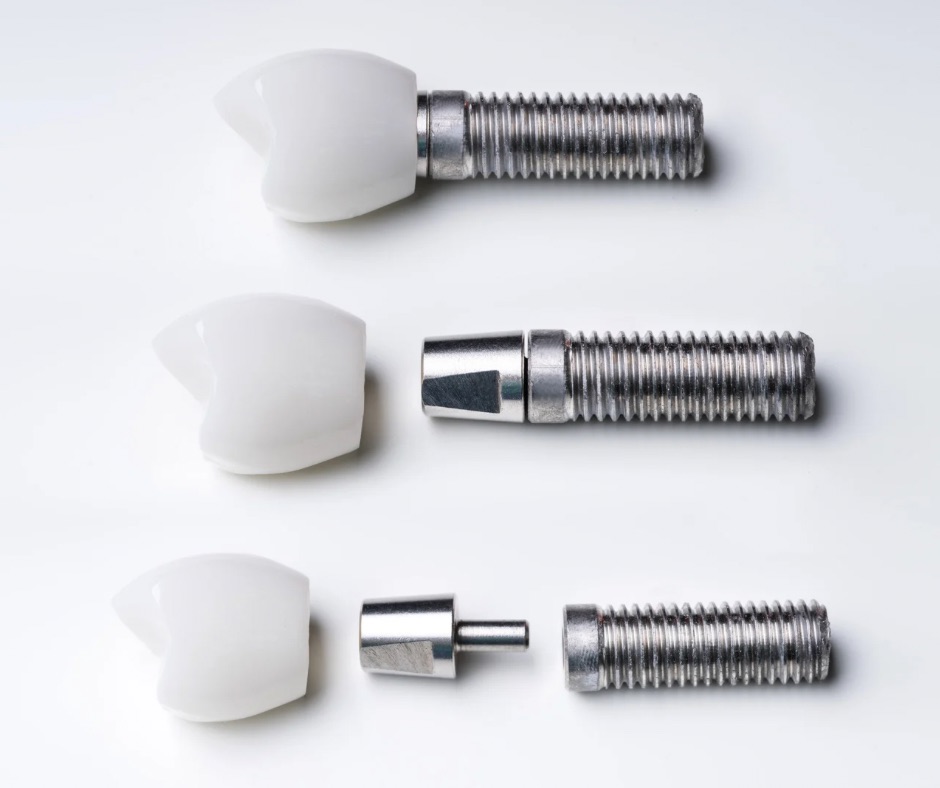Fillings are used to replace parts of the tooth which had to be removed to heal cavities or have been damaged by raptures, lesions or wear. White fillings are a resinous material, more precisely a compound containing quartz and other minerals, formulated so to connect to the tooth not only mechanically but also chemically. Apart from giving back functionality and strength, fillings influence the mouth’s aesthetics as well.
Choosing the best fillings
You have certainly been asked at your dentist’s to choose between white or black fillings, that is composite or amalgam ones. Apart from colour, they differ in composition and several properties. For example black fillings are composed of metals and a small quantity of mercury, which can affect the body. Thus, although they were deemed more sturdy their use is nowadays limited. In fact, technological advances of composite materials used for white fillings allowed to create a materials that is more resistant and integrates better tooth tissue, eliminating any risk of filling’s detachment. On the other hand, as amalgams are only mechanically bound with the tooth, they can damage it, which does not occur with composites. Due to their colour, amalgams are less and less used for aesthetic reasons as well.
Fillings application
Composite fillings are applied in a much less invasive way, as only the tissue affected by cavity is treated, preventing unnecessary tissue lost. Particular attention is paid to the choice of colour and the sculpting of the filling, as it should perfectly match tooth nuance and shape, thus preventing any influence on the bite.
Next time when your dentist asks you which filling you prefer, choose the white ones, as although being slightly more expensive they insure several advantages and durability, being overall more healthy and aesthetically pleasing.














